The 1950s. Bright colors and poodle skirts, massive cars and sleek suits, baseball, Elvis, and television.
The United States was in an interesting space. The country was opening up after World War II, but still yet to unleash socially like it did in the 60s. The Sears catalogue version of the American dream was in full effect.
Fifties food fads were… interesting.
Modern electric equipment was becoming more available in the 1950s, but not yet in every house. Food trends mirrored the up-and-coming, always busy lifestyles of American families who wanted to entertain but do so in a less taxing fashion (for housewives) than they had in the past.
Below I’ll identify some of the most famous trends in 1950s households. Some have become part of modern life, while others, thankfully, have been confined to the history books.
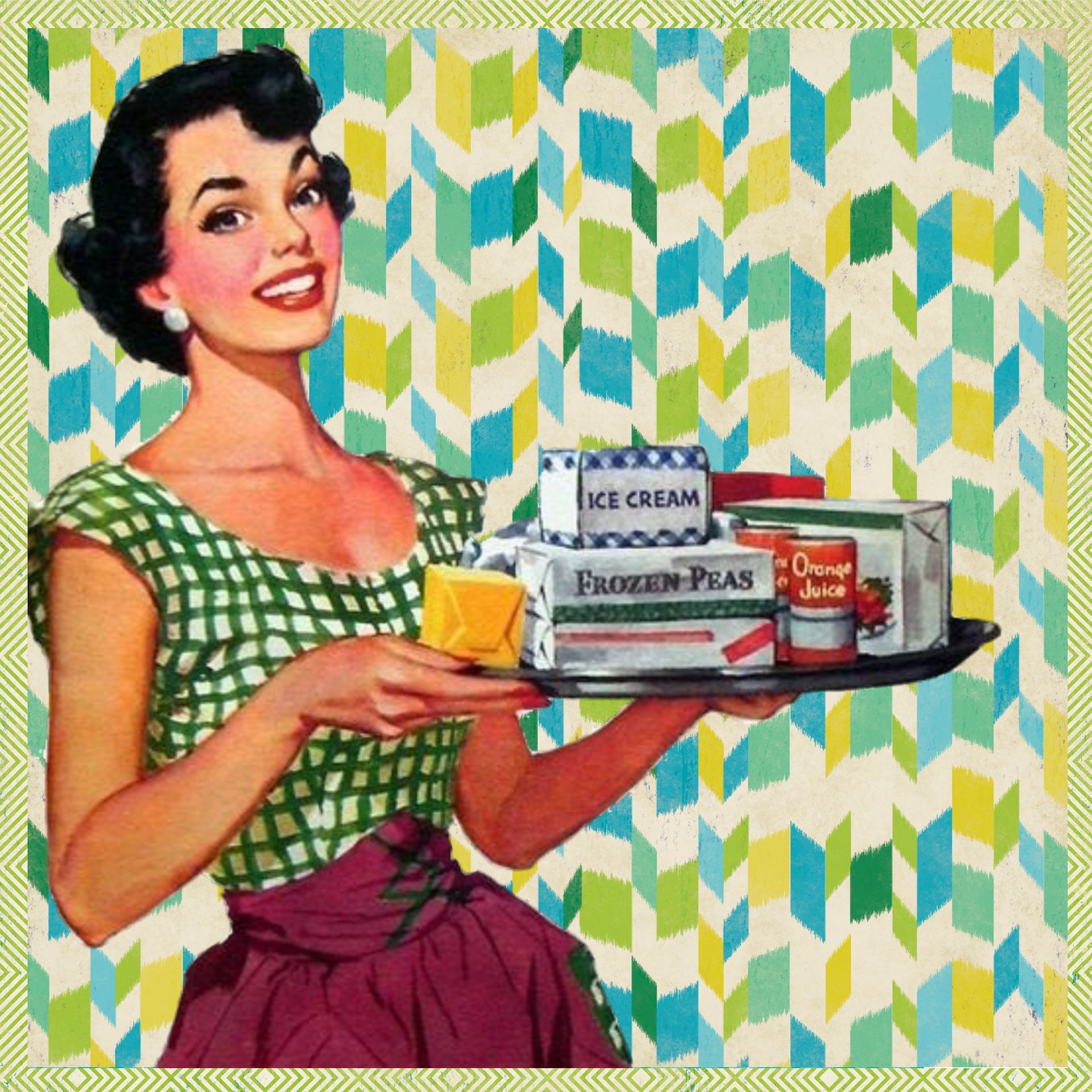
Cream of Mushroom Soup
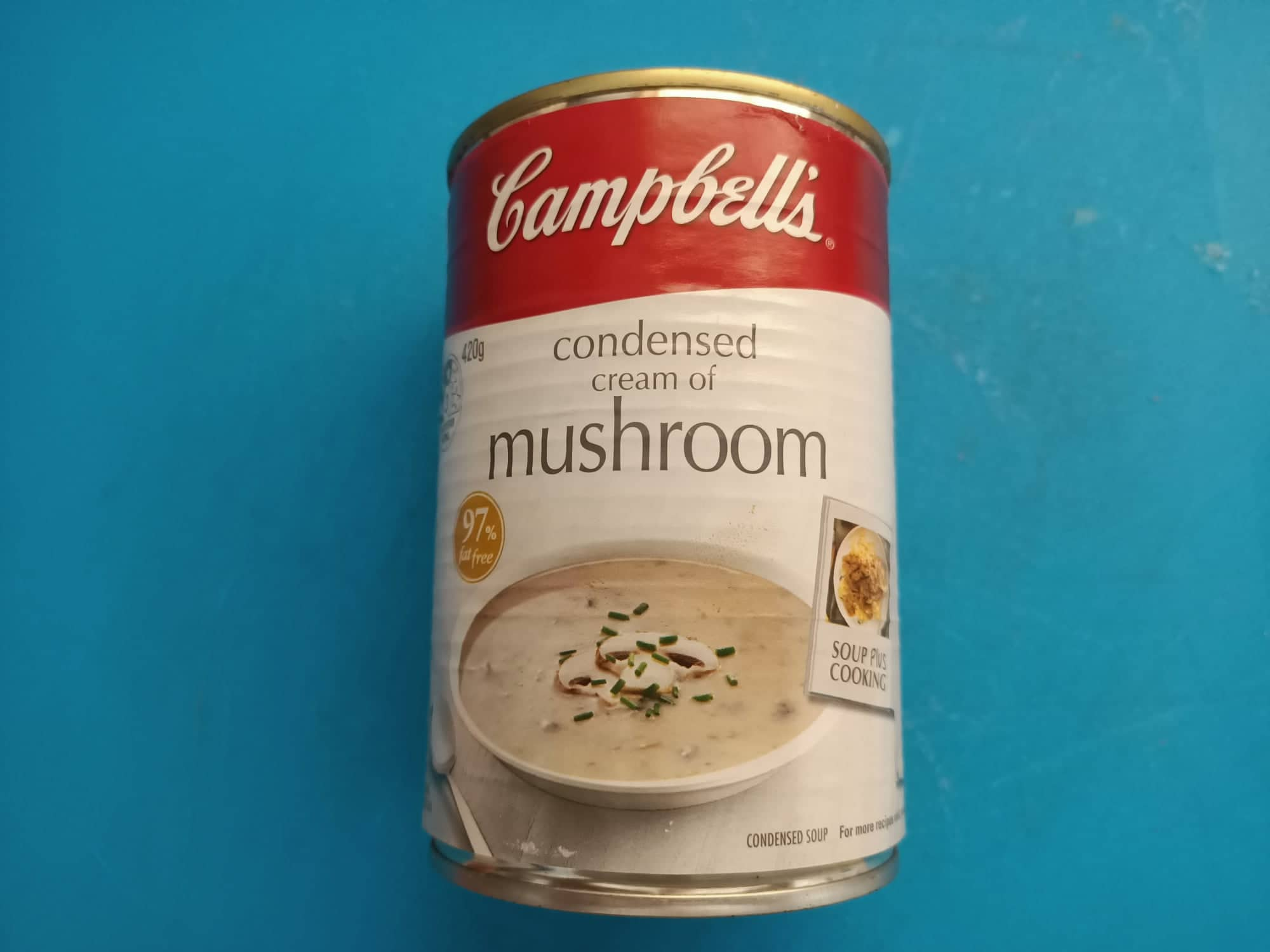
For kids growing up in the fifties, cream of mushroom soup was a necessary ingredient in what seemed like every meal set on the immaculately laid out dinner table.
It didn’t matter what it was; tuna noodle casserole, Chicken A la King, beef stroganoff, or some sort of canned meat concoction, the soup went in, and there was always a bunch of backup cans.
Cream of mushroom soup remains useful in contemporary kitchens, but without the reckless abandon with which it was deployed in the halcyon days of the fifties and sixties.
TV Dinners

The TV tray frozen dinner was created by accident in 1953, after the Swanson company had to find a use for almost 260 tons of turkey meat. Swanson put the meat in aluminum trays after freezing so that the meal could easily be reheated in the home. Swanson then sold these frozen trays by the truckload.
When combined with the biggest trend of the 1950s, the television, homes across the United States became hooked on TV dinners and the tube, turning dinner time into prime time entertainment.
Whether it was Turkey, fried chicken, or mystery meat, the beloved TV dinner phenomenon developed to become the kaleidoscopic array of quick heat-and-eat favorites today.
Gelatin Molds

While I’ll get to the real travesty of jello dining further into the list, jello molds were all the rage in the 1950s. If you could stick something with gelatin in a circular mold, then stick it in the fridge to set, you were the epitome of a modern household entertainer.
The popularity of jello and gelatin products was tied to refrigeration. In the 1950s, refrigerators, while well-established in American kitchens, were extremely expensive household items. Utilizing gelatin, an item that needed stable refrigeration to set perfectly was often a symbol of status amongst American households.
The Cabbage Soup Diet

What is a decade without its notable fad diets?
The fifties had a few (including a sketchy option where you switched out vegetables for sugar cane), however, the cabbage soup diet was arguably the most famous.
Basically, meals became a variation on different versions of cabbage soup, like a WeightWatchers version of the Bucket family from Charlie and the Chocolate factory.
I don’t mind a bit of cabbage in my diet, or the occasional soup, however devoting practically every meal to it in the hopes of achieving a thin waistline strikes me as unsustainable.
Grandma’s Pantry
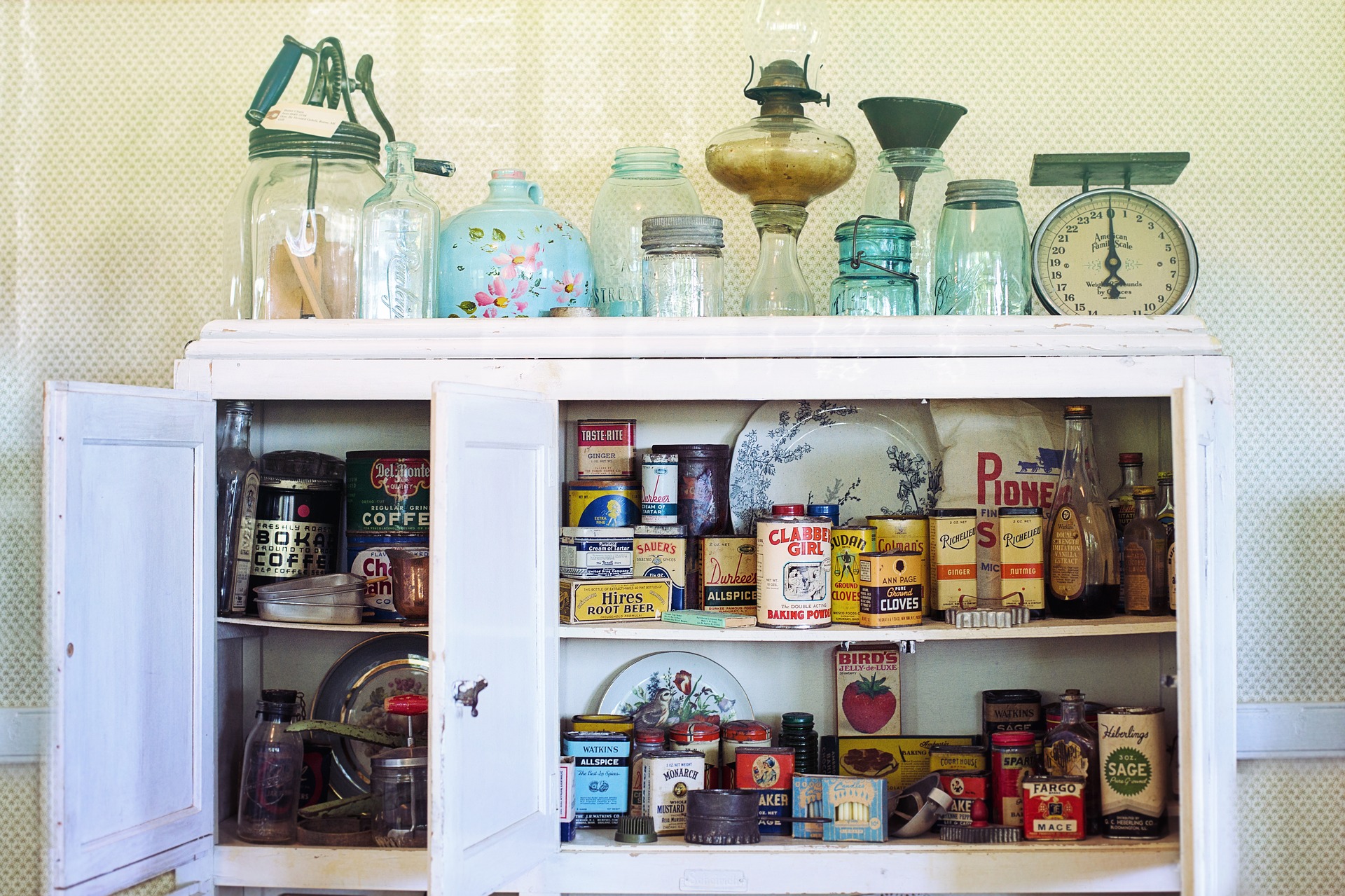
The threat posed by the Communist USSR and the possibility of nuclear winter hit its high watermark during the 1950s. Families and towns installed fallout shelters, and households followed the ‘Grandma’s Pantry’ dictate of the Eisenhower administration.
As this article from History maps out, “the Federal Civil Defense Administration (FCDA) urged every family to keep a seven-day supply of food and water on hand in case of an atomic emergency. To encourage people to build this stash of provisions, the FCDA launched an initiative called “Grandma’s Pantry,” based around slogans like “Grandma was always ready for an emergency.”
I’d wager $20 that each Grandma’s Pantry featured at least a half dozen cans of Cream of Mushroom soup.
Canned Meat
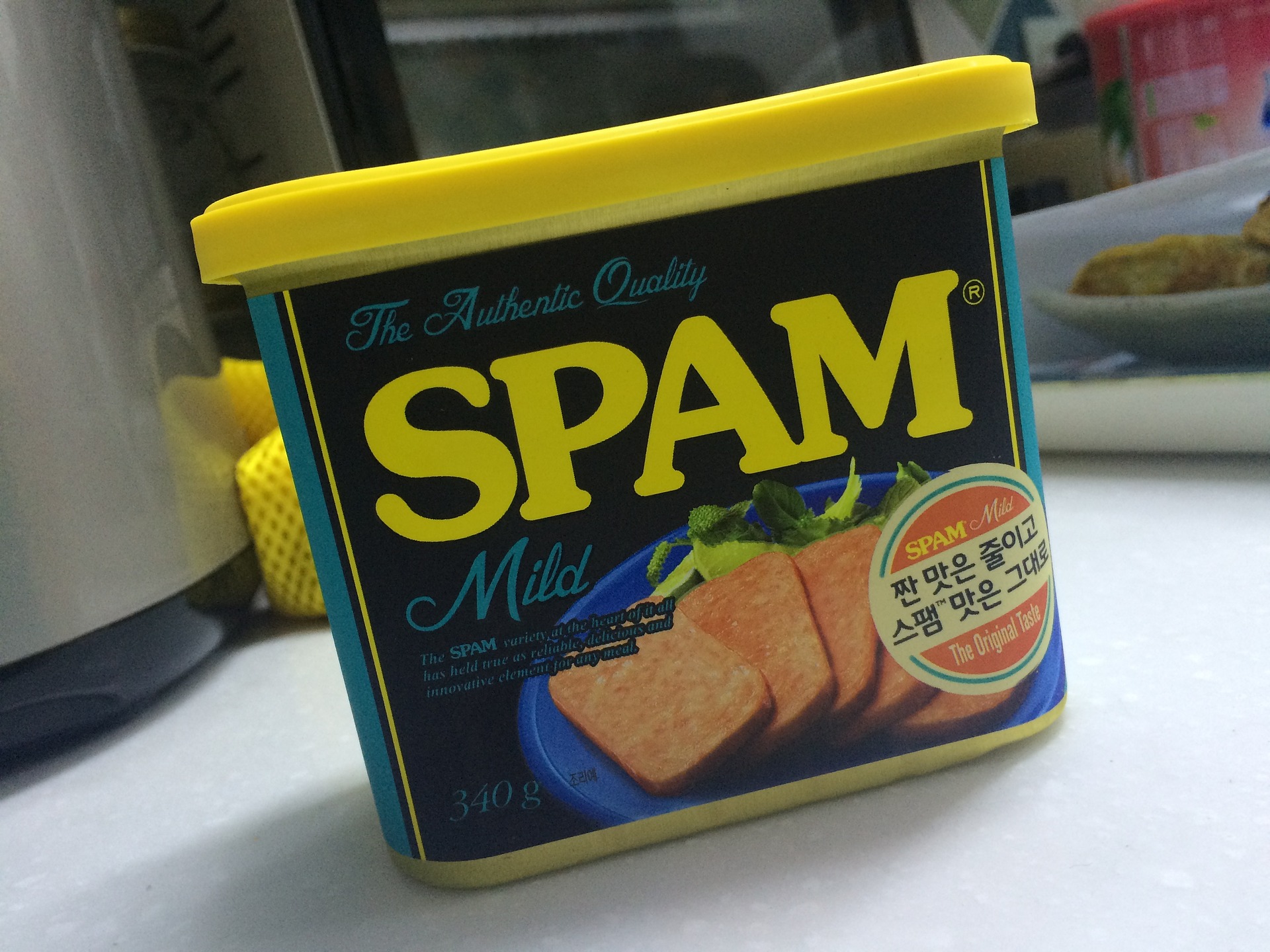
While I can appreciate that there’s an occasional need for canned meat, the fact that there were so many successful brands in the fifties makes my stomach clench with discomfort.
The market for canned meat grew in part because the soldiers who returned home from World War II ‘enjoyed’ Spam and its variations as part of their daily diet.
Popular marketing at the time played up canned meat’s ease and versatility for housewives looking to make their life more efficient, and more creative, while of course, every fallout shelter needed a good supply of meat.
Baked Alaska

While baked Alaska has been around since the 1800s, the happy homemaker craze made them the dessert treat for the 50s for kitchen entertainment.
You could dazzle your family, friends, and important colleagues with the easy-to-compile dessert. Baked Alaska tasted delicious out of the fancy refrigerator and gave men the chance to light something on fire (while looking like they were an essential part of mealtime).
Never underestimate the performative power of dessert!
Chex Mix
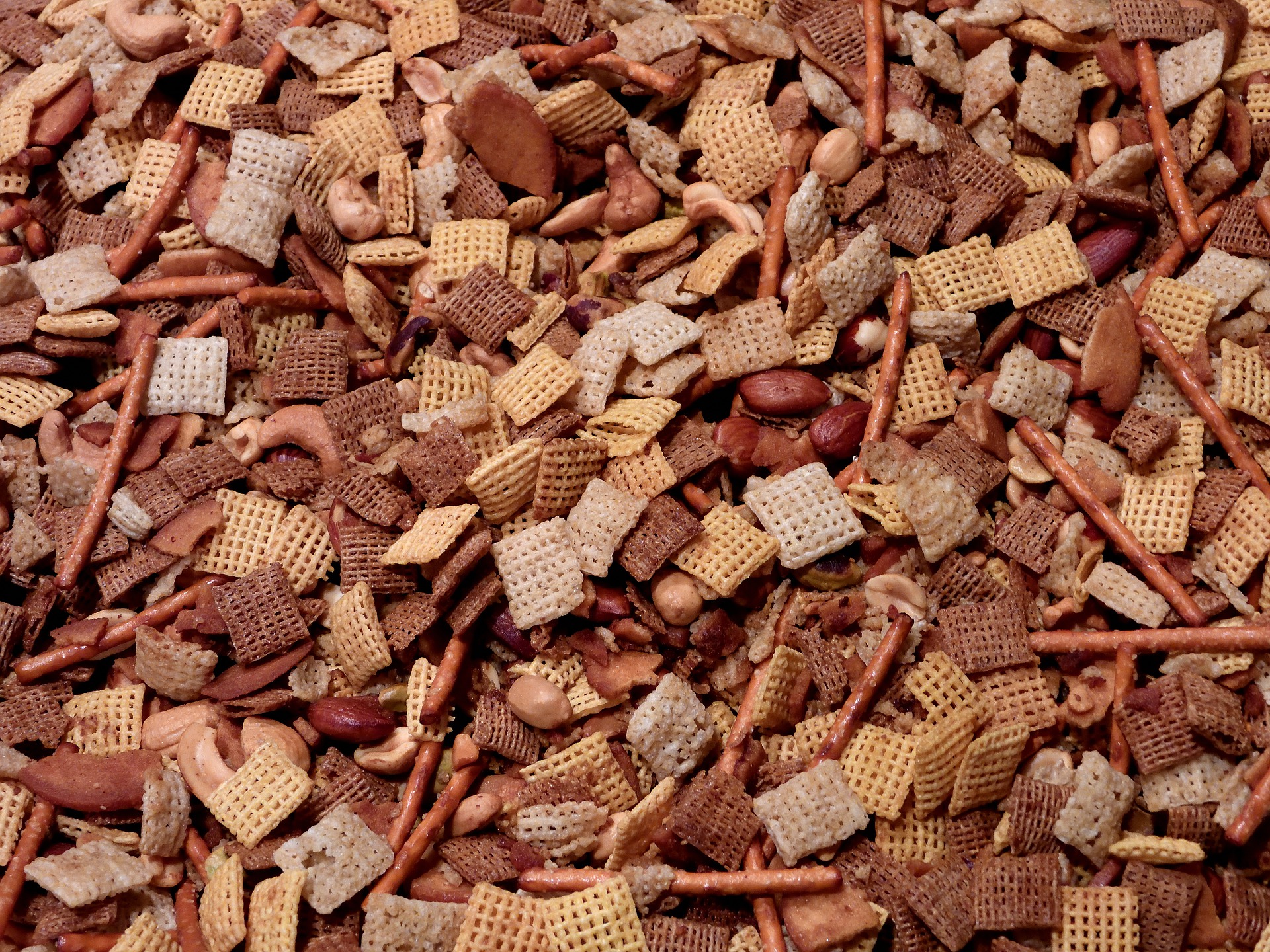
Shredded Ralston changed its name to Chex in 1950, and it wasn’t long after, that the wheat (or rice) cereal popped up in a variety of new roles.
In 1952, the original Chex ‘Party Mix’ recipe was included on the box, giving housewives across the US a new, simple party plate for entertaining guests.
According to New England Today, Chex Mix “included both kinds of Chex and nuts, tossed in a combination of Worcestershire sauce, butter, garlic salt, and salt. Everything was mixed together and baked in the oven at a low temperature, then cooled and stored until ready for munching.”
Chex Mix now comes pre-prepared for the masses, yet remains a party mix beloved by frazzled home entertainers and nibblers across the US.
Jello Dinners
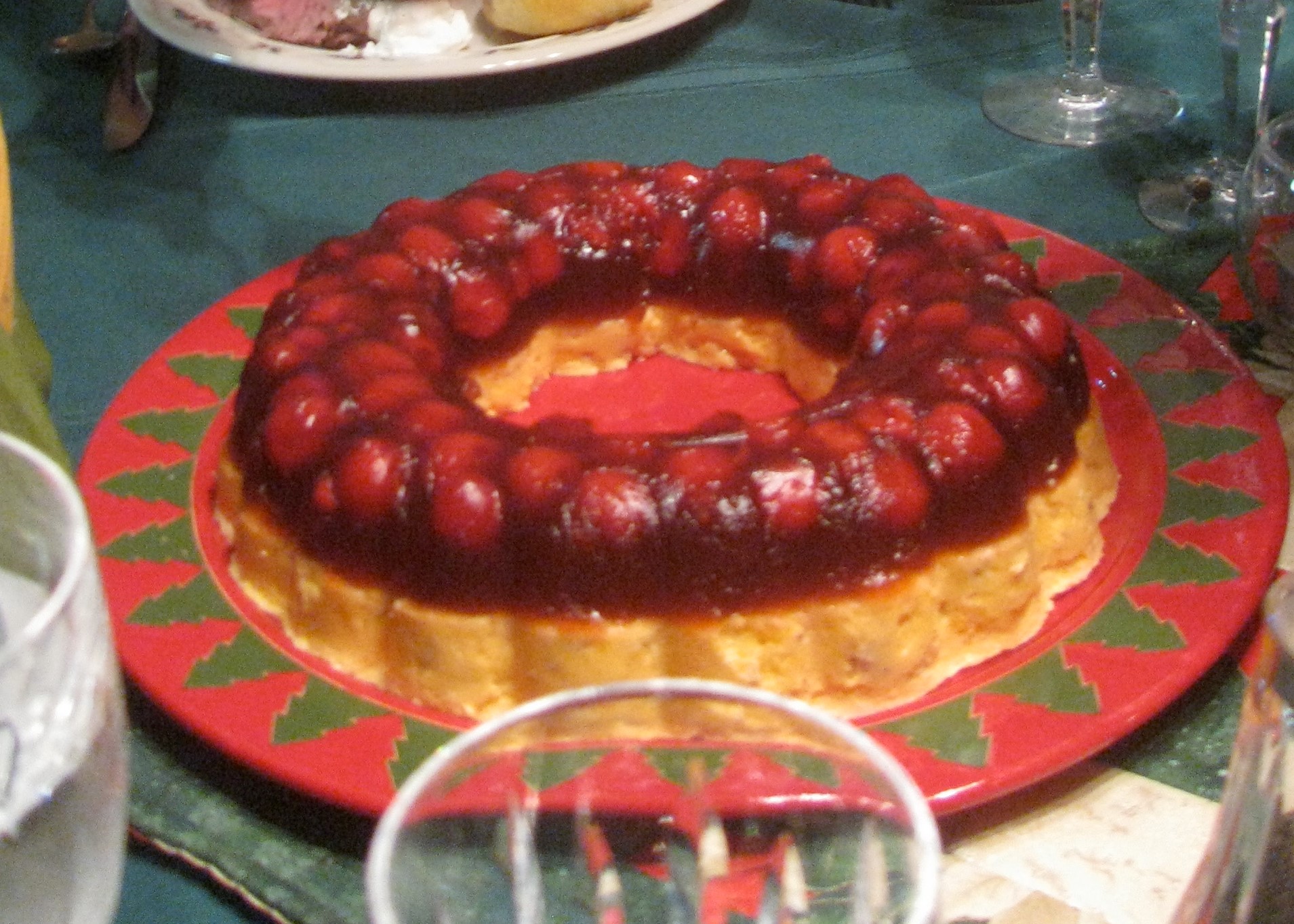
I saved this one until last because it freaks me out, and I needed to come to terms with it before starting to write. Until researching this story, I had no idea that American households of the 1950s routinely crafted entire dinners encased in jello.
No thank you!
While I enjoy a bright, lovely jello dessert packed with fresh fruit custard, cream, or ice cream, the thought of digging through some brightly colored gelatin to uncover spam and boiled vegetables, will haunt my dreams.
Give me the cabbage soup diet any day!
Conclusion
While some of the 1950s food trends have fallen by the wayside, and rightfully so, other trends of the homemaker age remain popular in households due to their efficiency, taste, versatility, and reliability.
When you settle at home to watch Netflix with a ready meal (that’s not encased in jello) and some party mix, you’ll have the fifties to thank.
And I know there’s at least one can of Cream of Mushroom soup in your pantry.













